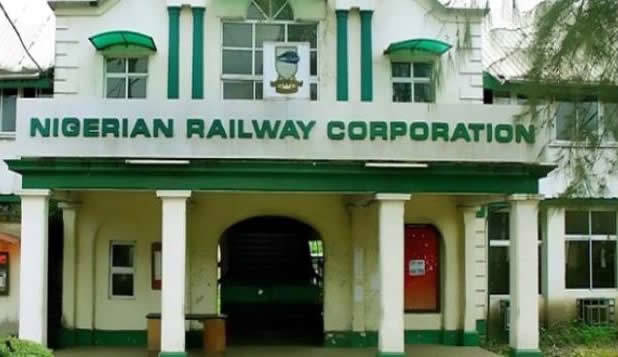Coaches arrive for Lagos-Ibadan rail as track gets to KM 152
The Nigerian Railway Corporation (NRC) has taken delivery of two coaches to be deployed for the 156-kilomter Lagos – Ibadan standard gauge railway. The coaches would be used for passenger services from Lagos to Ibadan as the laying of tracks from Lagos has reached 152 kilometers out of the 156- kilometer stretch. Chairman of NRC, […]

The Nigerian Railway Corporation (NRC) has taken delivery of two coaches to be deployed for the 156-kilomter Lagos – Ibadan standard gauge railway.
The coaches would be used for passenger services from Lagos to Ibadan as the laying of tracks from Lagos has reached 152 kilometers out of the 156- kilometer stretch.
Chairman of NRC, Mallam Ibrahim Al- Hassan disclosed this on Thursday during a meeting of the project steering committee at Ologun Eru, on the outskirts of Ibadan.
Daily Trust observed the coaches stationed at Papalanto end of the project.
The Chairman met with the contractor handling the project, the China Civil Engineering and Construction Company (CCECC), alongside the NRC Managing Director, Engr. Fidet Okhiria.
Our correspondent reports that the team took the train ride from Iju in Lagos which is kilometer 27 to Ibadan with the track laid up to kilometer 152.
Once the double tracks are completed by July, passengers can begin to enjoy the services from Lagos to Ibadan, according to the NRC Chairman.
He said once the tracks were completed, the focus would be shifted to other ancillary works like the ongoing construction of stations and level crossings.
He said: “We want to complete this (track laying) as quickly as we can so that other ancillary services could continue and we could put the tracks to use.
“Laying the tracks is the most important. Once we have the tracks from Lagos to Ibadan, then when you look at the stations in Lagos, the ones in Abeokuta, they are already making progress. By the time we finish laying the tracks, we would be able to move passengers from Lagos to Ibadan. Then the intermediary stations can come up later. We can have temporary stations if we need to.”
